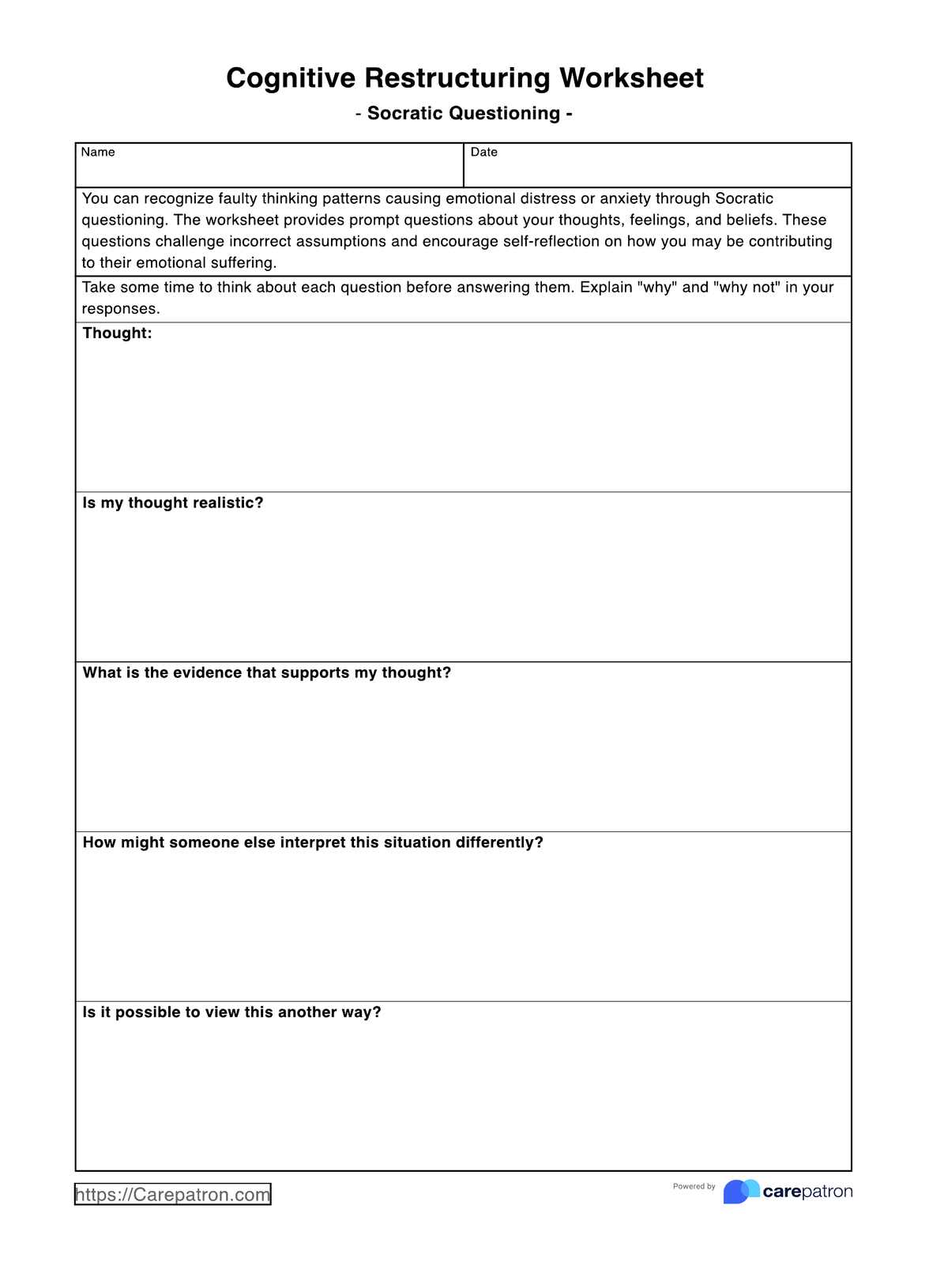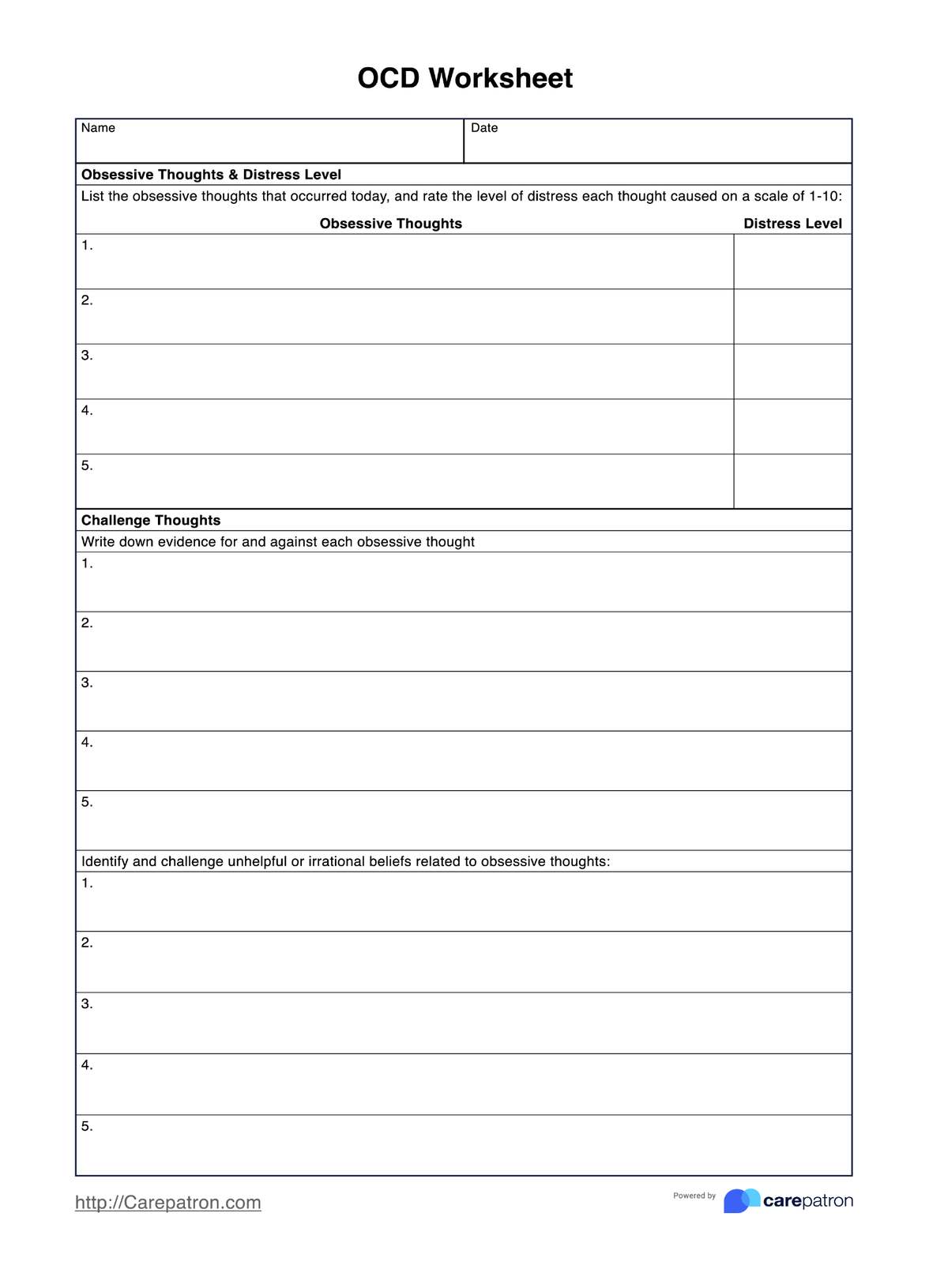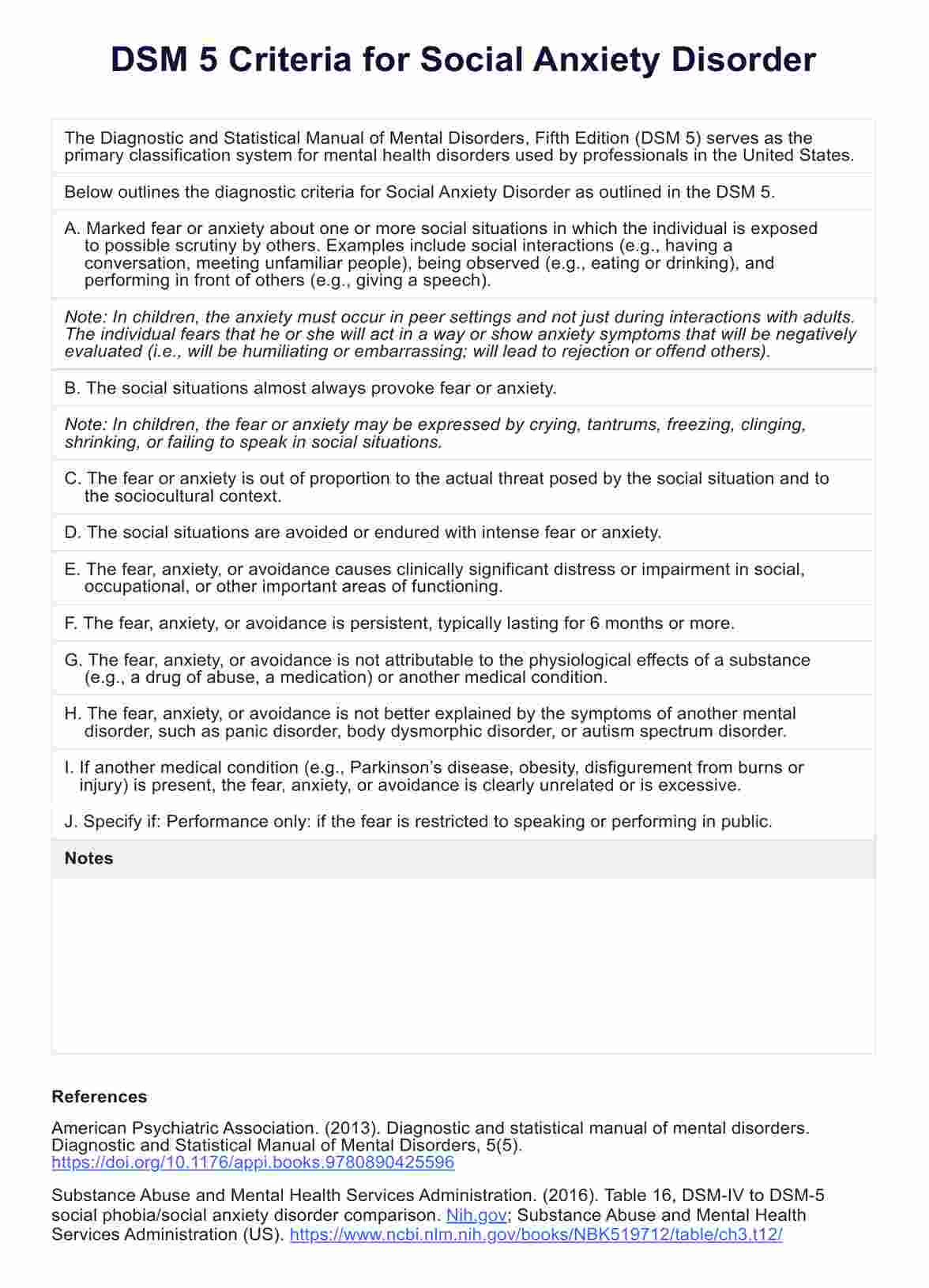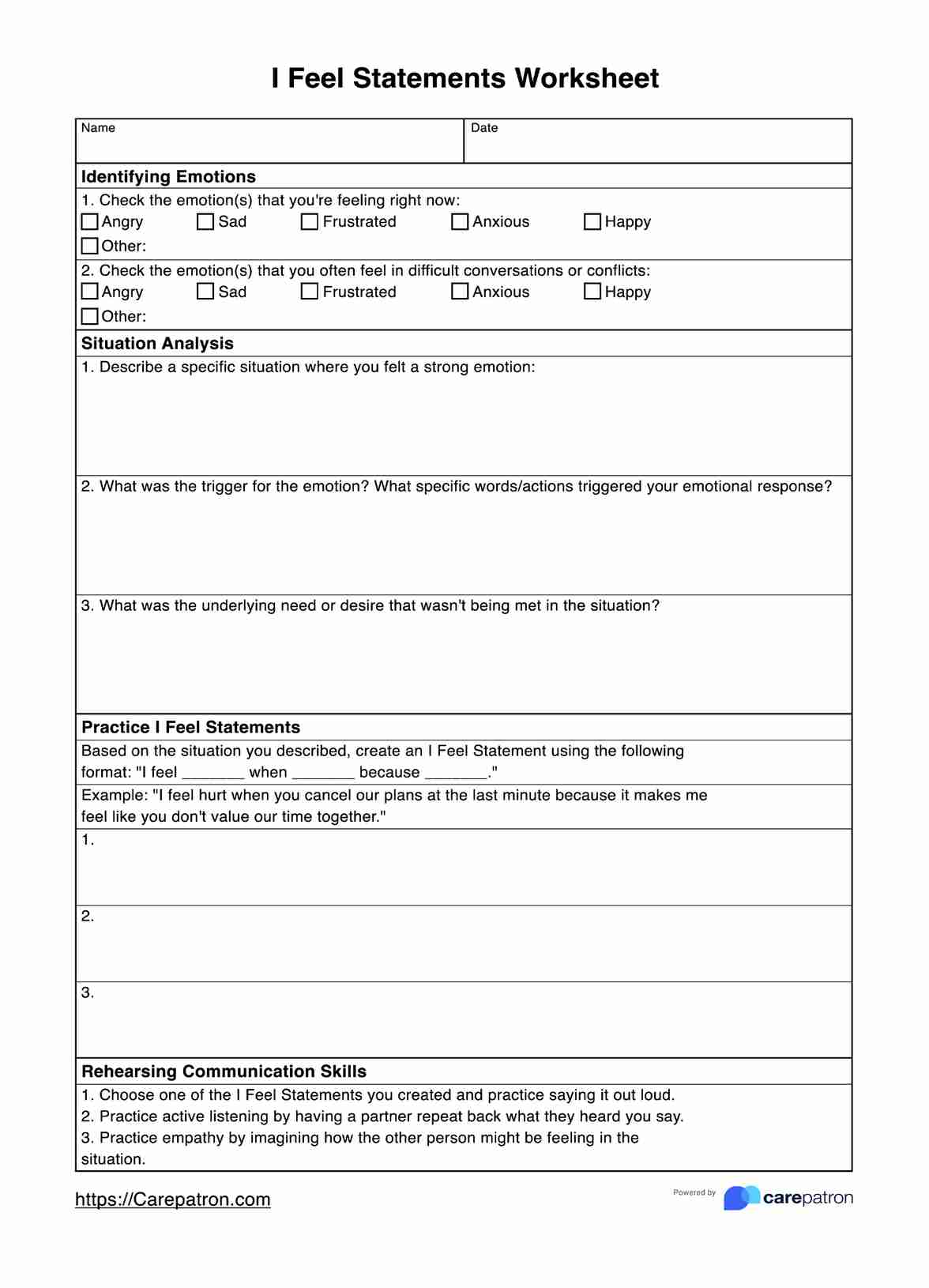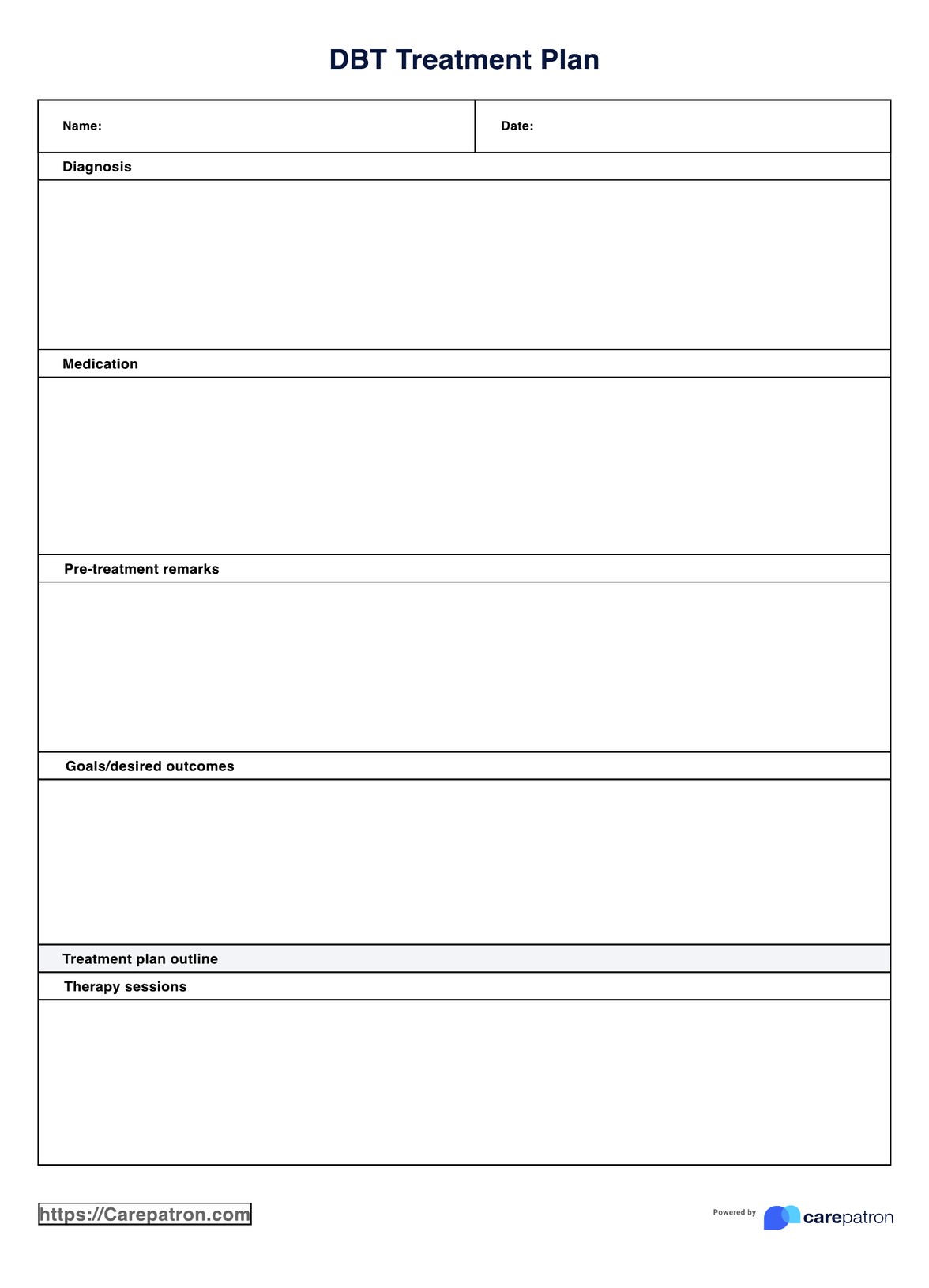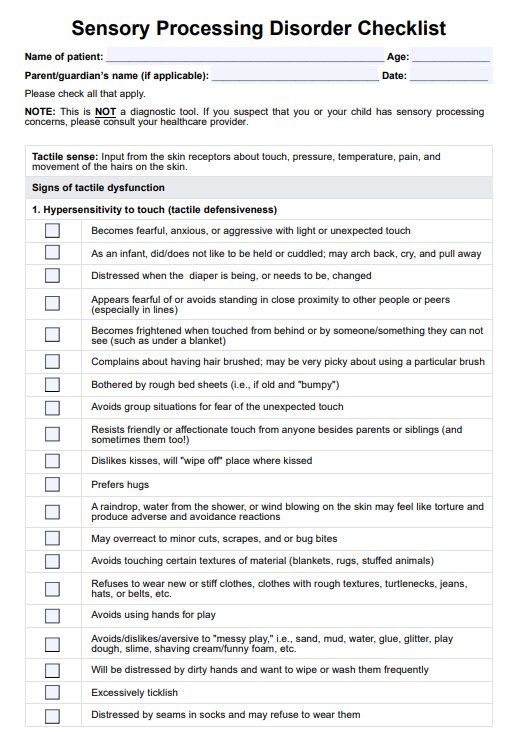Learning to Be GLAD PTSD Worksheet
Want to explore gratitude and positivity in your journey towards recovery? Use and download the Learning to Be GLAD PTSD Worksheet today!


What is Trauma and PTSD?
Gratitude and happiness can be crucial in the healing process for individuals struggling with Post-Traumatic Stress Disorder (PTSD). Often resulting from distressing or life-threatening events, trauma can leave deep emotional scars. PTSD is a mental health condition that may develop in response to such trauma. It can manifest through symptoms like flashbacks, nightmares, severe anxiety, and mood disturbances.
Gratitude can be a powerful tool in the recovery journey. Cultivating gratitude involves focusing on the positive aspects of life, even amidst suffering. By acknowledging small blessings, individuals with PTSD can slowly shift their attention away from their trauma. This shift can lead to increased feelings of happiness and well-being.
Although it is challenging to attain happiness in the face of PTSD, is not impossible. Positive emotions can counteract the negative ones associated with trauma. Engaging in activities that bring joy, connecting with supportive friends and family, and seeking professional help are crucial steps toward finding happiness while managing PTSD.
Learning to Be GLAD PTSD Worksheet Template
Learning to Be GLAD PTSD Worksheet Example
How to use the Learning to Be GLAD PTSD Worksheet:
Step 1: Introduce the Learning to Be GLAD PTSD Worksheet to Clients
Begin by explaining the purpose and significance of the worksheet to your clients. Emphasize its role in fostering positive mindfulness and emotional well-being, even in the face of PTSD.
Step 2: Encourage Daily Practice
Recommend that clients set aside a consistent time daily, preferably in the evening, to complete the worksheet. Consistency is crucial for optimal results.
Step 3: Guiding Clients through Gratitude (G)
Help clients identify something they were grateful for during the day. Assist them in recognizing even the smallest blessings or moments that invoke gratitude.
Step 4: Facilitate Learning (L)
Guide clients in reflecting on what they learned about themselves, others, or the world during the day. Encourage them to articulate insights that contribute positively to their self-awareness.
Step 5: Acknowledging Accomplishments (A)
Assist clients in acknowledging and recording their daily accomplishments, no matter how minor they may seem. Encourage them to recognize steps taken toward personal goals or any completed tasks.
Step 6: Fostering Delight (D)
Support clients in recalling moments that brought them joy, laughter, or smiles. These could be instances of beauty, pleasant sounds, or heartwarming interactions.
When would you use this Learning to Be GLAD PTSD Worksheet?
One of the best times to use this worksheet is during therapy or counseling sessions, mainly when working with mental health professionals. Therapists and counselors can incorporate it into their sessions to help clients build positive mindfulness habits, promote self-reflection, and foster a sense of gratitude, all beneficial in managing PTSD symptoms. It can serve as a structured, practical exercise to complement therapeutic interventions and assist individuals in coping with trauma effectively.
It is a valuable self-help resource for those looking to manage their PTSD symptoms and improve their overall well-being proactively. In this context, it can be utilized without professional guidance, allowing individuals to focus on positive aspects of their lives, track their progress, and find moments of happiness amidst the challenges posed by PTSD. Lastly, this worksheet is a versatile tool that can benefit both clinical and self-help settings, aiding individuals in their journey toward healing and resilience.
What are the benefits of using this Learning to Be GLAD PTSD Worksheet?
Improved Mental Health
Utilizing this worksheet can improve mental health outcomes for individuals with PTSD. Encouraging self-reflection and fostering positivity aids in reducing symptoms of depression, anxiety, and PTSD, ultimately enhancing overall psychological well-being.
Strengthened Therapeutic Progress
Mental health professionals can incorporate the worksheet into therapy sessions in clinical settings. This tool complements therapeutic interventions by providing clients with practical exercises to reinforce positive mental habits, ultimately accelerating their healing process.
Increased Positivity
Consistent use of the worksheet helps individuals shift their mindset towards positivity and optimism. It cultivates a habit of recognizing and appreciating the good things in life, promoting a brighter outlook even in the presence of trauma and PTSD.
Free and Accessible
The free Learning to Be GLAD PTSD Worksheet is an accessible resource for anyone seeking to improve their emotional well-being, regardless of their financial situation.
Commonly asked questions
The time to finish the worksheet varies, but it typically takes 10-15 minutes. It can be done daily or weekly, depending on individual preferences.
This worksheet promotes gratitude and positivity, aiding in counteracting trauma's adverse effects. Regular use can improve emotional well-being and resilience in those with PTSD.
This worksheet is best used as a daily reflection tool, often in the evening. It complements therapy, enhances positivity, or whenever a mood boost is needed.


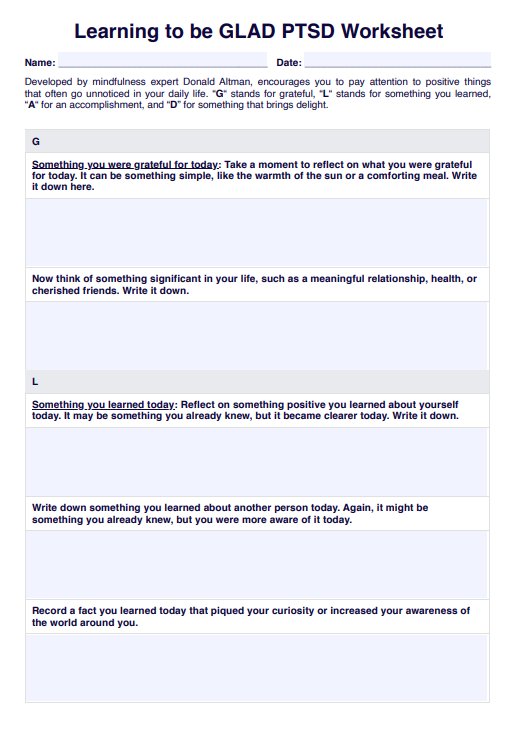
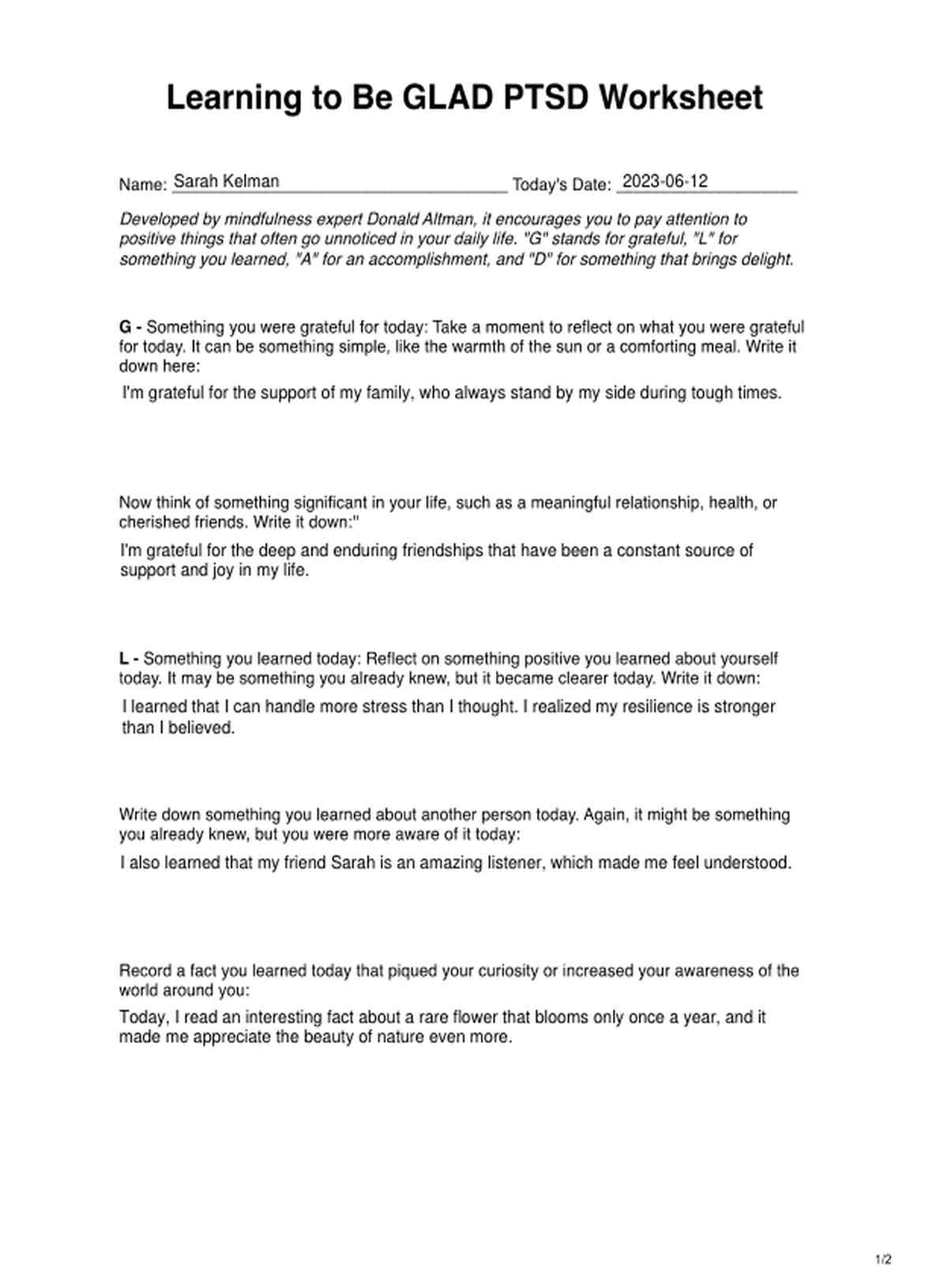















-template.jpg)





















































































